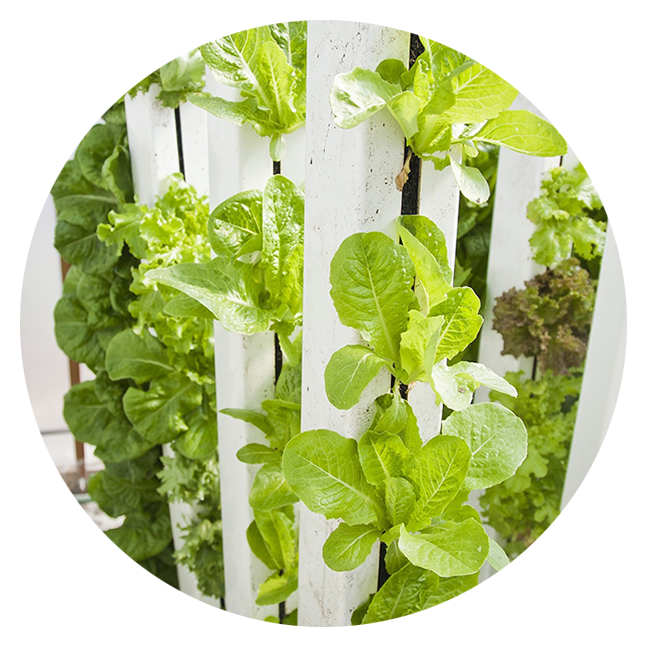
The Future of Food: Vertical Farming & Troutner Farms LLC
Here at Troutner Farms we like to keep our eyes on the future, and we believe the future will depend on vertical farming. What is vertical farming (VF)? Basically it’s a concept in the evolution of modern farming maximizing your yield with a minimum footprint. Imagine living in a world where there is less than a third of an acre of farmable land available for each living person. Let that sink in for a moment, or put some perspective on it. This would be the equivalent of trying to feed yourself with everything agriculture based for your life time out of your yard! Now imagine your neighbors, and theirs, and so on down the street, Wow! What a mess. Guess what? We as a population are already half way there. With population projections skyrocketing to an estimated 8 billion people in 2025 we will only have approximately one half of an acre of farmable land available. This puts us on target for one third of an acre in 2050. Now lets factor in weather, floods, fire, unseasonable rain and drought. You can see why indoor vertical farming methods are important to our future.
Take the concept of vertical farming, as large as a city block, integrated into a skyscraper where the certain floors are all farmed individually sustaining thousands of people, or as convenient as your garden out back, maximizing your yield per square foot and happily feeding a family of five. This is one the many beauties of integrating VF into our future of farming. The concept is scalable and compatible on a multitude of levels, footprints and farming situations.
Is VF expensive? It can be, your initial buildout costs may seem overwhelming, however if you factor in year round harvests without the risk of unseasonable weather, giving you ultimate control over your harvest. You can start to see how these factors reflect in your initial investment on any scale. Factoring in electricity, lets face it VF is not immune to our cultures need for power. However, we believe in taking the necessary steps to offset your dependencies to the grid. With today’s technology in L.E.D. lights, solar, wind and micro turbine energy, and factoring in many types of energy efficiency rebates and tax breaks, we know that it only takes strategic planning to develop the infrastructure needed to make economical sense in todays market.
VF has a sustainable future in the modern agriculture world. It is estimated that for every one acre dedicated to vertical farming, 20 outdoor acres of farmland could be returned to our planets starving biosphere, and with the potential for VF to go soilless hydro or with aeroponics, we can leave the dirt where it belongs! That’s got to give the conservationist in all of us a sigh of relief!
